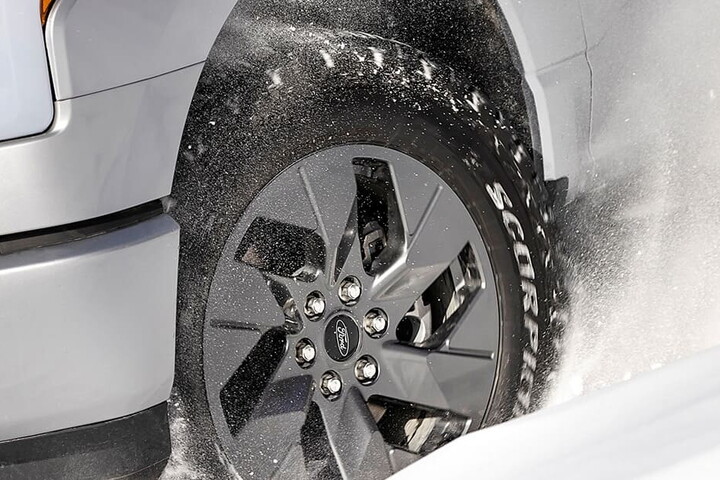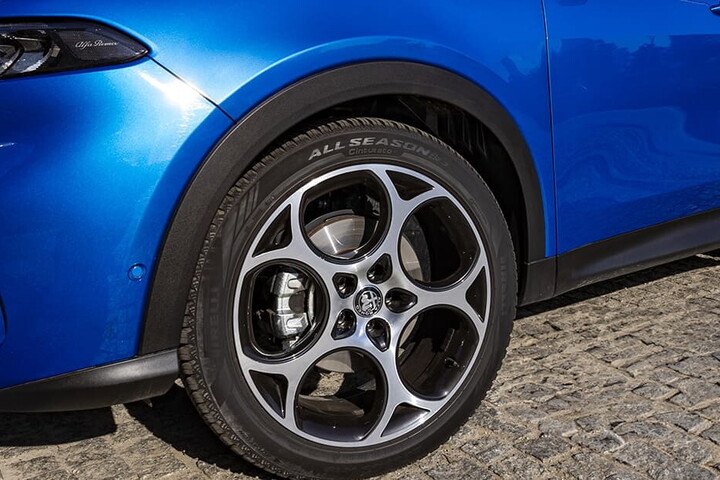It is not a matter of fines or deadlines established by regulations. You should replace the winter tyres of your car with summer ones for the only plain and simple reason that matters: your safety and that of your passengers. Just like winter tyres are used when the weather gets colder because they work better at low temperatures and guarantee shorter braking distances and greater grip, the same applies to summer tyres when it is hot. The only outsiders are the all season tyres that offer safety in all year round providing if you do not take on extreme situations.
Why the seasonal change is necessary
The tread of winter tyres contains compounds that can be defined as softer and become excessively elastic when in contact with the tarmac. For this reason, grip decreases while tread wear increases together with the risk of punctures if the tyre hits an obstacle. The braking distance also increases.
These are the reasons why harder compounds are used for summer tyres. They also have a different tread pattern with accentuated longitudinal directionality and different grooves than winter tyres. This is to reduce hazards such as aquaplaning, improving grip on both wet and dry road surfaces and ensuring that the tyres withstand deformation when manoeuvring while providing shorter braking distances and excellent handling properties.
When to make the seasonal change
Besides specific regulations, which must always be respected, the time to switch depends on the conditions of use of the vehicle, because the weather can be unpredictable in spring and autumn with significant differences in temperature between night and day. So, if you use your car mainly in the evenings or mornings, for instance, you shouldn't be in a hurry to fit summer tyres. It may be better to wait until the average daily temperatures don't dip below 7°C.
It is always worth remembering a few basic rules for the seasonal change. If your tyres are aged, the remaining tread depth should be checked thoroughly, with the help of your tyre dealer, to ensure that their road holding capabilities are still adequate. Undoubtedly, the tyres on the drive wheels wear out faster so it is a good idea to swap the front tyres with the rear ones the next time they are changed if the same size is fitted on both axles. It is advisable to swap the right and left tyres as well, if the tread pattern allows, of course. This will improve the handling of your car and prolong the life of your tyres.
Some tips
When buying new tyres, it is a good idea to choose models with a tread pattern appropriate for the usual conditions of use of your car. For example, symmetrical non-directional pattern tyres will do just fine for smooth and steady driving because of their versatility but directional pattern tyres are indispensable in rainier areas because of their high resistance to aquaplaning.And, again, it is best to choose a wider model when picking a new tyre size from those recommended by the car manufacturer for use in the warmer season. They have a wider footprint that helps to reduce braking distances and increase grip.One last important piece of advice. Buy high quality: always think of the investment in terms of safety and never of immediate savings.




